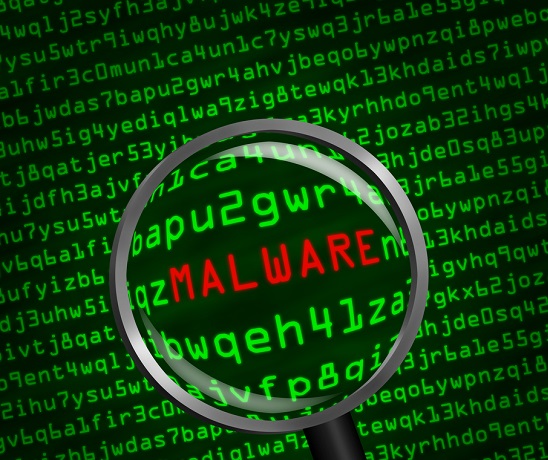
There’s a good chance that you haven’t seen malware in person. Even if your antivirus software detected malware on a site you visited or clicked on a link that could be dangerous, it will have stopped the infection. You might be wondering what malware looks like. What would I recognize as a malware program?
What You Need To Know About Malware
Many malicious programs, to be honest, don’t even look like they are. For example, a virus may try to hide while infecting other files or computers. A bot is silently sitting on your computer, waiting for orders from the command center to send spam or take part in a DDoS attack against a major website. Trojans on the other hand, look legitimate and useful programs. They hide behind a pretentious facade to steal your personal information. Ransomware is a nasty threat that tries to get your attention.
All of these variants have been encountered as I am gathering and analysing new samples for my hands on malware protection tests. I begin with thousands of malware-hosting URLs. Then, I download their malicious payloads and run them through their paces. I am a fool in the testing process, opening unknown files, clicking through to allow them to install, and giving them permissions if they ask. Here are some of the strange things I encountered while searching for the best samples.
Another thing: You might not expect malware-like features from some of the items below. They have all been verified by the VirusTotal website. Each sample was submitted with its unique fingerprint to the VirusTotal Database. It listed the 70 antivirus engines that had identified the file as malware in return. At least 40 antivirus engines flagged all of the programs in this list.
Ransomware: The Horror of Ransomware
You won’t notice a ransomware attack on your computer until it is too late. Ransomware quietly encrypts your files, hidden from your view. The ransom note of the malware demands your attention after the ransomware has done its dirty work. The ransom note promises that you will get your files back if you pay the ransom, usually in Bitcoin or another cryptocurrency. However, if they run away with your money, there is no recourse. Ransomware is something you don’t want to come across.
Maze, a ransomware that demands you pay a ransom to see its ransom note. It takes control of your entire desktop to grab your attention. To prove that it is possible, this ransomware offers to decrypt one file for you, in order to get you to pay.
Screen locker malware does not encrypt your files.
It simply covers up the desktop and all program, so that you can’t use it. These attacks often claim come from law enforcement and demand that you pay a penalty in untraceable money. Sometimes, it is possible to call the ransomware’s bluff using basic recovery methods. This example is more difficult and much more ugly. Even though I used Yandex Translate to translate the image, there wasn’t a demand for ransom. It’s not easy to escape its clutches.
It’s not worth the pain of having your computer access blocked. Maybe it’s more pleasant to have it done well. Although the screen locker is just as ineffective as the ugly, it does give you flowers and an anime girl. This one was easy for me, as the perpetrators might have expected. The filename is ForNowLock.exe and not ForeverLock.exe.
Call SpartanTec, Inc. now if you’re interested in getting managed IT services to protect your systems against malware and other types of threats.
SpartanTec, Inc.
Florence, SC 29501
843-396-8762
http://manageditservicesflorence.com
Serving: Myrtle Beach, North Myrtle Beach, Columbia, Wilmington, Fayetteville, Florence, Charleston

No comments:
Post a Comment